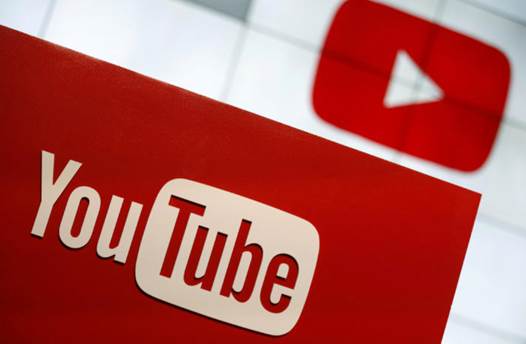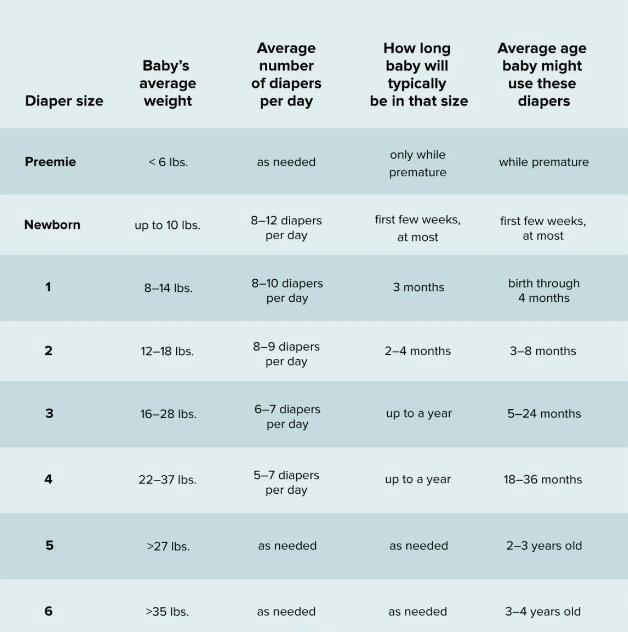What Are the Best Ways to Stream YouTube on Huawei?
Streaming YouTube on Huawei devices is straightforward when you know which options work best and how to optimize them. Some users prefer the browser for quick access, others like dedicated apps, and many rely on settings adjustments to improve playback quality. Each method has advantages depending on your habits and network environment. Whether you want stable full-HD streaming, smoother loading during peak hours, or a lightweight way to watch videos without interruptions, the approach you choose shapes your viewing experience. Understanding these different methods helps you build a setup that is dependable, flexible, and well-tuned for daily streaming. This is especially helpful for users looking for practical guidance on huawei youtube performance.

The Most Reliable Ways to Stream YouTube Smoothly on
Huawei
Use Huawei Browser for Fast, Direct Playback With Stable
Controls
Huawei Browser offers a clean interface and
loads YouTube reliably without additional extensions or adjustments. Most users
open the site directly and stream instantly, making this one of the simplest
choices. The browser handles HTML5 video efficiently, so playback remains
smooth even during long viewing sessions. It also keeps controls responsive—changing resolution, scrubbing through
videos, and switching channels feels fast. When the user enables “High-Performance Mode” in the browser settings, pages render
quickly and video preloading becomes more stable, especially on slower
connections. This makes the Huawei Browser a strong option for people who want
a straightforward method that works consistently.
Try Third-Party Apps Designed to Enhance the YouTube Web
Experience
Several third-party tools create a more
app-like interface for YouTube while still using the browser engine underneath.
These apps often focus on ease of use, providing shortcuts, floating windows,
and convenient background playback. The user benefits from fast loading times
because the apps rely on lightweight frameworks rather than large app packages.
These tools also help maintain stable performance when switching between full
screen and regular mode—another area where buffering can occur. Many Huawei users choose
this approach when they want a smoother, more polished alternative without
relying on complex installations. It balances convenience with flexibility.
Use Desktop Mode for Better Multi-Tasking and Higher Video
Resolution
Activating desktop mode in the browser
unlocks new ways to enjoy YouTube. Videos often default to higher available
resolutions because the system identifies the device as a desktop. This helps
users stream crisp content like tutorials, 1080p music videos, or long
educational lectures with fewer restrictions. Multi-tasking also improves. You
can run YouTube in a mini-window while handling notes, browsing websites, or
checking social tools. Some users even benefit from smoother timeline scrubbing
in desktop mode because the page loads broader UI elements built for larger
displays. For tablets or larger phones, this setup feels close to a small
workstation.
Tips to Improve Streaming Quality and Reduce Playback
Issues
Strengthen Network Stability by Choosing the Best
Connection Type
Video streaming depends on consistent
download speed, not just peak speed. If the network fluctuates—even briefly—YouTube may drop quality or pause
mid-stream. Switching from 2.4 GHz to 5 GHz Wi-Fi helps reduce interference in
crowded environments. When the user watches outdoors or while commuting,
locking the phone to a stable data mode such as 4G-only prevents sudden
connection switching that causes buffering. Router placement matters too: a
closer, unobstructed route between the device and router improves throughput
dramatically. With a stronger connection, YouTube loads longer segments ahead
of time, preventing interruptions during playback.
Clear Browser Cache or App Data to Refresh Video Loading
Behavior
Over time, cached files, temporary scripts,
and old thumbnails slow down YouTube’s ability to load videos instantly. When the user clears the cache,
the browser fetches fresh data that resolves many hidden loading conflicts.
This often fixes slow buffering at the start of videos or lagging when
switching between multiple uploads. On Huawei Browser, clearing data does not
remove bookmarks or saved settings, making the process safe and easy. For
third-party apps, resetting cached data has similar effects and improves
responsiveness. After a reboot, YouTube typically loads noticeably faster
because it no longer struggles with outdated stored files.

Disable Restrictions That Interrupt Video Preloading and
Background Activity
Huawei devices include strong power-saving
tools that sometimes limit how apps and browsers preload video. When background
restrictions activate, YouTube cannot prepare enough buffered content to handle
minor network fluctuations. Turning off “Power Saving Mode” or granting unrestricted data access helps keep playback stable.
Some browser settings also block auto-play or limit scripts, and these can
delay video loading. Adjusting JavaScript permissions or whitelisting the
YouTube site resolves such delays. Users who stream for long periods—such as during workouts, studying, or
long trips—benefit the most from removing these restrictions because it
preserves continuous, interruption-free playback.
Conclusion
YouTube streaming on Huawei works smoothly
when you choose the right method and fine-tune your device settings. Whether
you prefer Huawei Browser, third-party streaming tools, or desktop mode, each
option offers unique strengths that enhance your viewing experience. With a
stable network, clear cache files, and unrestricted streaming permissions,
videos load faster, maintain higher quality, and avoid unnecessary buffering.
These simple adjustments help you stream reliably wherever you are—at home, on the go, or during long
sessions on a tablet. Once everything is set up, the experience becomes
seamless, and you can enjoy your favorite content without interruption.


